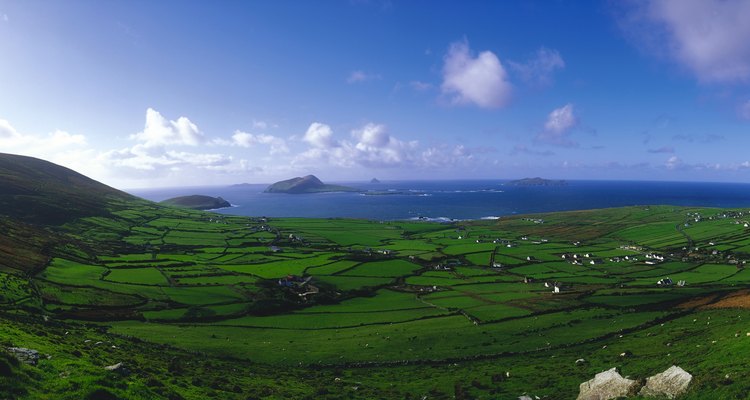
Design Pics/Design Pics/Getty Images
The Irish have worn many different styles of clothing in their rich and often tragic history. Today, traditional irish clothing is worn by many people to express their love of country, while a number of men, women and children have adopted contemporary styles of dress seen in other countries.
Traditional Irish Clothing
Throughout the Middle Ages, Irish peasants wore a tunic known as a leine. This long garment, which was often belted at the waist, combined elements of a skirt and a shirt. Although Irish men typically wore it solely as an outer garment, women wore the leine as an undergarment beneath open-sleeved dresses. Dresses were frequently worn by both boys and girls, owing to a tradition that they were less likely to be spirited away by fairies if the fairies couldn't tell their gender. Today, some Irish men wear kilts as part of a traditional costume, though scholars debate when kilts were first worn. Contemporary Irish kilts are less elaborate than Scottish kilts and are typically a single color rather than plaid or tartan.
Fabrics and Styles
Like people in other countries in the United Kingdom, the Irish have long worn heavy fabrics such as tweed and wool to protect against the cold, damp climate. Flax was also commonly used in the making of linen clothing. As Ireland pursued a distinct national identity in the early 20th century, these fabrics were worn not only for practical purposes but as proud displays of the Irish heritage and were used in the making of virtually all clothing for women. Today, while flax is still used in the production of linen in Northern Ireland and in the northern parts of the Republic of Ireland, in much of the country its use is exclusively ceremonial.
Contemporary Casual Attire
Foreigners generally associate Ireland with green clothing and Aran sweaters, also known as Galway sweaters, a sweater with complicated stitching patterns that originated in the Aran Islands in Galway Bay off the western coast of Ireland. However, today Aran sweaters and green clothing are more commonly worn by tourists than people who live there. Irish women have largely abandoned traditional flax clothing and are more likely to wear contemporary Western attire like blouses, sneakers and denim. Today, Irish clothing for children closely resembles that of other Western countries.
Contemporary Business Attire
Although business wear in Ireland is generally formal, standards are relaxed in comparison to many other European countries. For example, during the warm months of summer, people meeting for business may remove their jackets. Because flashy clothing and accessories and bright colors are generally discouraged, men wear dark, subdued business suits, while women wear conservative skirts or dresses. Carrying a raincoat is recommended because Ireland is a rainy place.
Related Articles
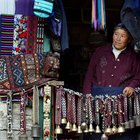
What Kind of Clothes Do They Wear in ...
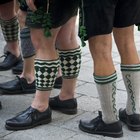
What Kind of Clothing Do People Wear in ...

Facts on Traditional Irish Clothes
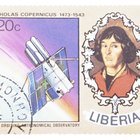
Liberian Fashions, Styles & Wedding ...

What Do Chinese Women Wear?

About Apache Indian Clothing

What Type of Clothes Do Mexicans Wear?
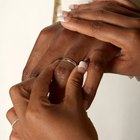
Traditional African Wedding Attire

Irish Clothes of 1850

Hispanic Clothing History
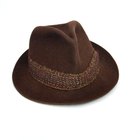
1950s Gangster Clothes

Catholic/Irish Surnames

Traditional Clothing in Hawaiian Culture

What Kind of Clothes Do El Salvadorans ...

What Are Psychedelic Clothes?

What Kind of Clothing Do People in Mali ...

Indigenous Clothes in Bolivia
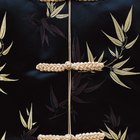
Facts About Clothing in China

What Type of Shirt to Wear With a ...

What Is an African Kufi Hat?
References
- Albanach: The Leine
- McGinley Clan: Native Clothing
- Jill Condra: The Encyclopedia of National Dress: Traditional Costume Around the World
- Erin Banning: Ireland: The Land
- CN Traveler: How Not to Look Like a Tourist at an Irish Pub
- Business Insider: Adorable Vintage Photos: Irish Children Through the Ages
- Business Culture: Ireland Business Etiquette
- Vayama: Irish Etiquette Tips
Writer Bio
Boze Herrington is a writer and blogger who lives in Kansas City, Mo. His work has been featured in Cracked and "The Atlantic."
Photo Credits
Design Pics/Design Pics/Getty Images